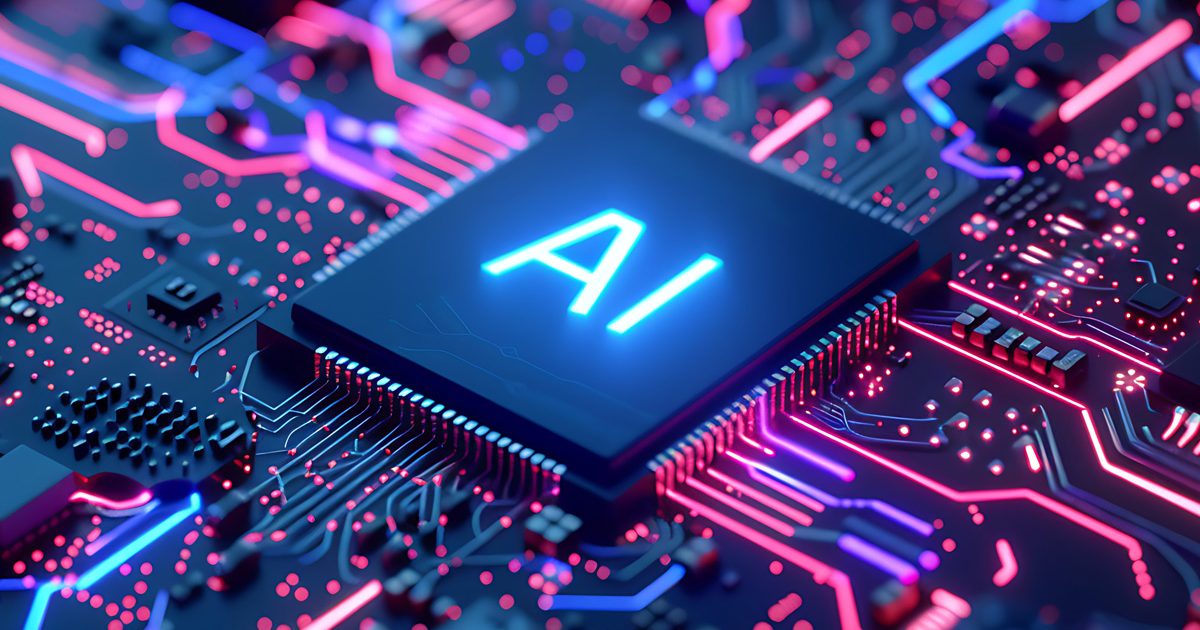Artificial Intelligence (AI) has rapidly become a buzzword across various industries, promising to revolutionize everything from customer service to healthcare. In the realm of information governance, AI is often heralded as a game-changer, capable of automating complex processes and making smarter decisions than humans. However, despite its growing prominence, there’s a prevailing sentiment that AI can sometimes seem, well, “dumb.” Let’s delve into this perception and debunk some common myths about AI in information governance.
Myth 1: AI Can Do Everything
Reality: AI excels in specific, well-defined tasks but struggles with generalization.
One of the biggest misconceptions about AI is that it can handle any task thrown at it. While AI is incredibly powerful in performing specific tasks—like identifying patterns in large datasets or automating routine processes—it struggles with tasks that require generalization and human-like reasoning. In information governance, AI can assist with document classification, data extraction, and predictive analytics, but it’s not a replacement for human oversight and decision-making.
Myth 2: AI Doesn’t Make Mistakes
Reality: AI systems can and do make errors, sometimes with significant consequences.
The belief that AI is infallible is a dangerous myth. AI systems learn from data, and if that data is biased, incomplete, or incorrect, the AI’s outputs will reflect those flaws. In information governance, an AI might misclassify documents or overlook crucial compliance issues if it’s not properly trained or if it encounters edge cases it wasn’t designed to handle. Human experts are essential to review AI decisions and correct mistakes.
Myth 3: AI Will Replace Human Jobs
Reality: AI is more likely to augment human roles than to replace them entirely.
There’s a widespread fear that AI will lead to massive job losses, but in reality, AI is more likely to augment human roles by handling repetitive, low-level tasks. In information governance, AI can automate data classification, sorting, and basic analysis, allowing human professionals to focus on higher-level strategic work. This partnership between AI and humans can lead to greater efficiency and innovation.
Myth 4: AI Understands Context
Reality: AI lacks the nuanced understanding of context that humans possess.
AI can analyze data and recognize patterns, but it often lacks the ability to understand context in the way humans do. For example, in information governance, an AI might flag a document for deletion based on its metadata, but a human might recognize that the document has historical significance or legal relevance that the AI couldn’t comprehend. Human judgment is crucial for contextual understanding.
Myth 5: AI Is Self-Sufficient
Reality: AI requires continuous monitoring, training, and maintenance.
AI systems are not set-and-forget solutions. They require ongoing monitoring, training, and maintenance to ensure they continue to perform accurately and effectively. In the context of information governance, this means regularly updating the AI with new data, refining its algorithms, and addressing any biases or errors that emerge. Without proper oversight, AI performance can degrade over time.
Myth 6: AI Is Always Objective
Reality: AI can inherit and perpetuate biases present in the training data.
Another myth is that AI is inherently objective. However, AI systems can inherit biases present in their training data, leading to biased outcomes. In information governance, this could result in unfair or inconsistent treatment of documents and data. It’s essential to use diverse, representative datasets and to regularly audit AI systems for bias.
Conclusion: Smarter Together
AI has tremendous potential to transform information governance, but it’s not a panacea. The perception that AI is “dumb” often arises from unrealistic expectations and misunderstandings about its capabilities and limitations. By recognizing what AI can and cannot do, and by integrating it with human expertise, organizations can leverage AI to enhance efficiency, accuracy, and compliance in information governance.
In the end, AI is a powerful tool, but it’s only as effective as the people who design, implement, and oversee it. By working smarter together—humans and AI—we can debunk the myths and unlock the true potential of artificial intelligence in information governance.


